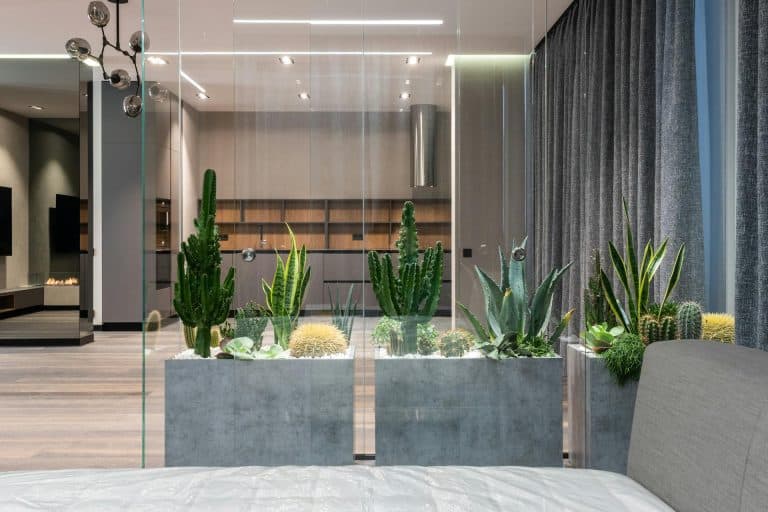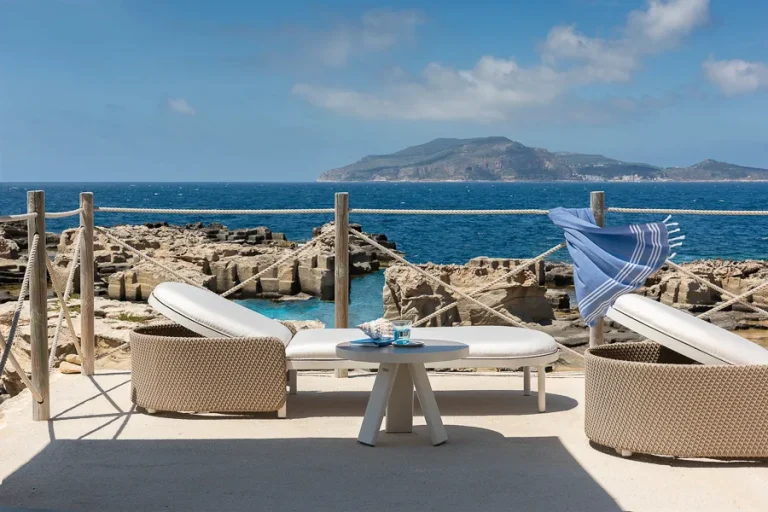Introduction
Last spring, I watched my neighbour drag an old plastic drum across her back garden. It was a farm clearance sale find—eight pounds. She painted it sage green and stuck it under her guttering. That makeshift rain barrel now waters her entire herb patch through dry spells.
At first, I thought furniture was an afterthought in eco-friendly outdoor spaces. Turns out, I was wrong. ShopHomeStyles garden furniture stocks pieces made from responsibly managed timber and recycled materials. They’re better for the environment and last longer than flimsy alternatives that collapse after one winter.
What surprised me? Garden sustainability principles work brilliantly indoors, too. The same mindful approach that thrives in outdoor spaces can transform your entire home.
Building Your Eco-Friendly Garden
Choose Plants That Work With Nature
Native plants once meant “boring weeds” to me until I saw a wildflower meadow last June. Foxgloves towered everywhere, cornflowers scattered blue patches, and cowslips created yellow carpets. None were watered or fertilised.
My grandmother always planted tomatoes next to basil—not for cooking convenience—she swore basil kept bugs away. She was right. This old-fashioned companion planting beats most expensive pest controls.
Smart Water Management
That rain barrel saved my neighbour around fifty pounds on water bills this summer. It was a simple setup: positioned under her roof gutter with a tap at the bottom. During July’s dry spell, while others worried about hosepipe bans, she watered freely.
I discovered mulching by accident after leaving autumn leaves on one patch. Come spring, the soil underneath was richer and held moisture better than my carefully raked beds. Now I mulch deliberately with wood chips.
Natural Growing Methods
My compost bin is an old ice cream tub with a few holes drilled in the lid. I add peelings, coffee grounds, and eggshells every week, and over time, those scraps turn into real garden gold.
I mix a tablespoon of washing-up liquid for aphids with a pint of water. It clears them off without harming bees or ladybirds.
Small choices like these don’t just save money—they let gardens thrive the natural way.
Bringing Sustainability Indoors
Plants That Clean Your Air
Snake plants survive in my bathroom despite minimal light and a poor plant-care record. Peace lilies droop when thirsty but revive within hours. Both filter household chemicals while looking elegant.
Jam jars, once cluttered in my cupboard, now hold plant cuttings. Herbs root beautifully in old jars, and you can watch roots grow through the glass.
Sustainable Materials for Your Home
Our local salvage yard sells reclaimed oak for less than laminate. After a weekend of sanding and oiling, the unique grain patterns came alive—a beauty you won’t find in manufactured boards.
We also switched to vinegar-based cleaners after my daughter developed breathing problems. White vinegar tackles grease and limescale without fumes—and costs pennies.
Creating Indoor-Outdoor Flow
My living room walls match the green outside my windows. Visitors always say the space feels bigger somehow.
I’ve collected jute rugs, linen curtains, and terracotta pots because they improve with age. My synthetic rug from years ago started looking shabby within months, but these natural materials improve with age.
Getting Started with Sustainable Living
Small Changes, Big Impact
Our old flat had a tiny balcony. One big pot of herbs saved me from buying those wilted supermarket packets.
Forget fancy containers—old buckets with drainage holes work fine.
I tackle changes gradually. Last month, I switched to bar soap; this month, I’m replacing chemical bathroom cleaners with bicarbonate solutions. Those little changes feel manageable—and being able to make those decisions adds up, gaining momentum over time.
Seasonal Sustainability
I sow lettuce in March and garlic in August. Following nature’s schedule makes everything easier and gives better harvests. Plants do better in their proper season.
Crop rotation also helps—simply avoiding planting the same crop in the same place each year prevents soil exhaustion and disease buildup.
Planning for Growth
My friend Dave built his compost system from free pallets wired into a U-shape. It costs nothing and produces enough compost for his entire allotment.
Quality tools cost more initially but save money in the long term. My grandfather’s spade is still strong after forty years, while cheap ones need replacement every few seasons.
Beautiful and Eco-Friendly Design
Making It Look Intentional
Plant groupings look more professional when arranged in odd numbers with varied heights. Three pots work better than two. Mix textures—spiky grasses with soft herbs, trailing plants with upright specimens. Creates visual interest without chaos.
A simple weather-resistant rug and a handful of solar lights completely transformed our forgotten outdoor corner. What used to be a dumping ground for extra chairs became our favourite evening spot—we’re out there almost every night.
Durability Meets Beauty
Cedar turns silvery-grey when left natural, while teak grows richer with age. These materials actually improve with weather exposure.
Britain’s sudden showers call for long-lasting furniture: powder-coated metal resists rust, hardwood matures gracefully, and quality outdoor fabrics dry quickly.
Conclusion
Sustainable design connects to lasting satisfaction that goes deeper than trends. Creating homes that work with natural systems feels genuinely rewarding in ways that purely aesthetic changes never quite match.
My neighbour’s clever rain barrel and herb cuttings thriving in jam jars are small intentional choices that accumulate into something larger. Even if you start with a windowsill of herbs or consider a redesign, sustainable living starts with intent and comes from thoughtful choices. Your choices flow from garden borders to living room palettes, proving that style and sustainability naturally belong.













